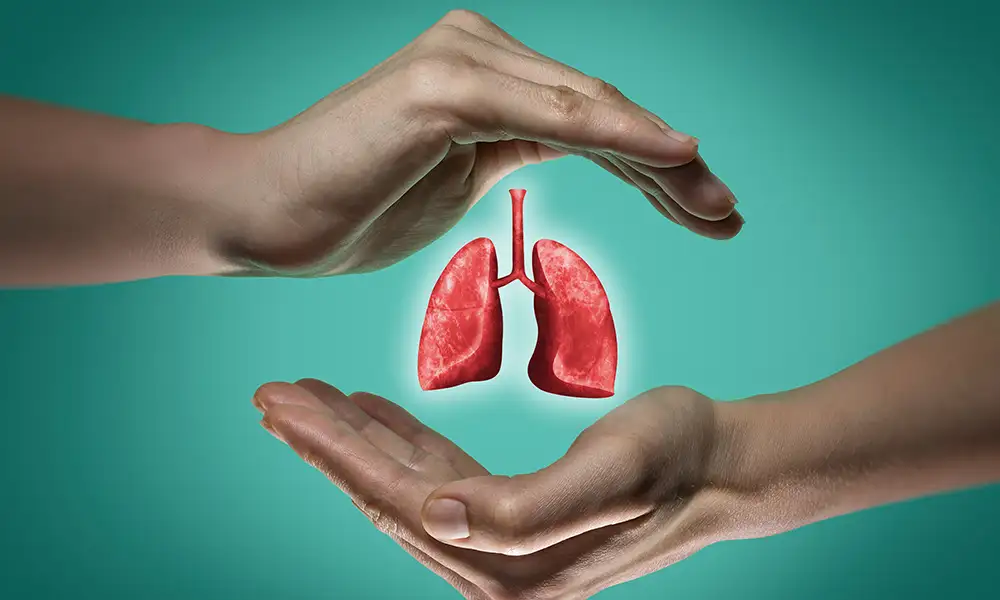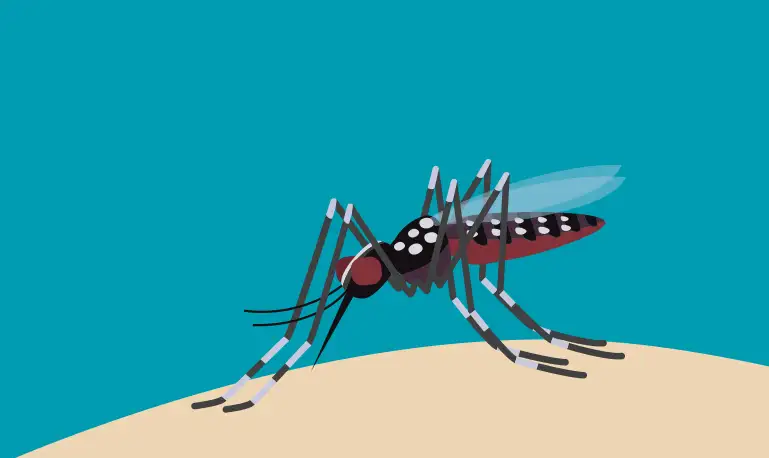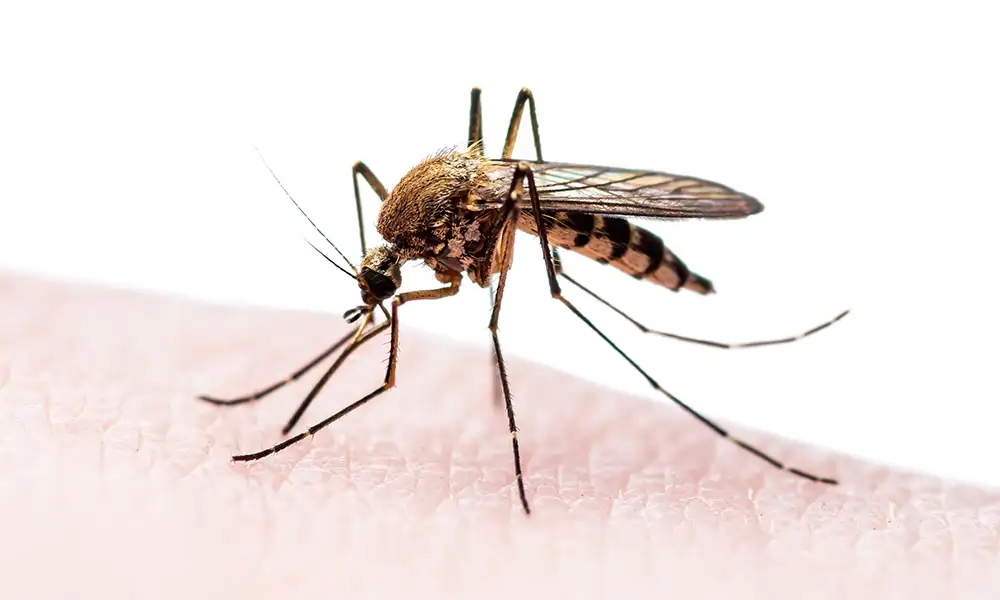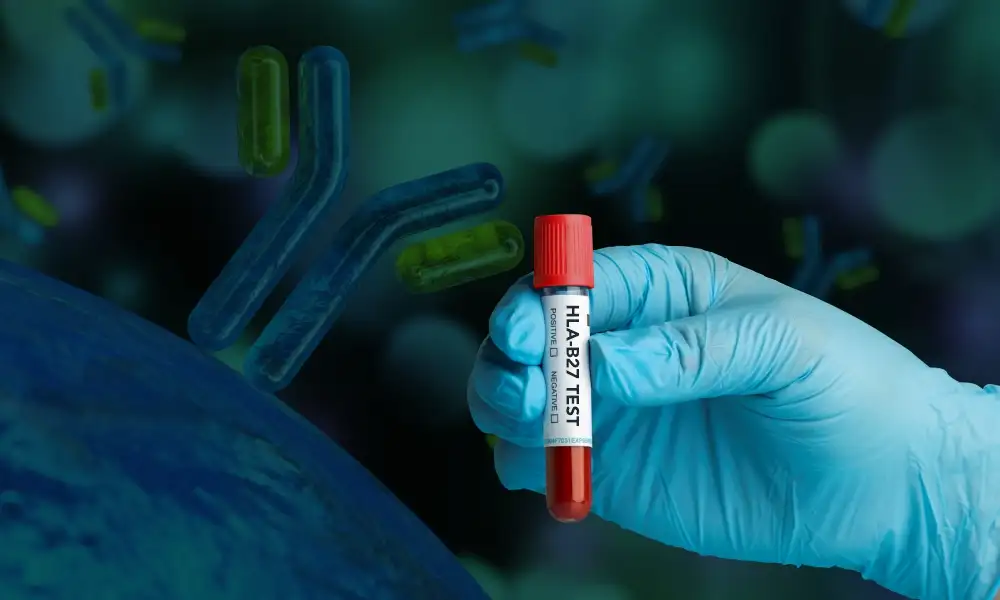Lung Health - Types, Causes & Symptoms
- April 14,2022
- 2 Min Read

Our lungs are a vital part of the respiratory system, containing two sponge-like organs in the chest. Its main function is to process gas exchange known as respiration (or breathing). While breathing in, oxygen from the outside air enters the bloodstream, and as our body uses oxygen it produces waste byproducts called carbon dioxide; which exits the bloodstream when we breathe out.
Viruses, bacteria, or fungi can cause infections in the lungs. One of the types of lung infections is called pneumonia. Pneumonia attacks the smaller air sacs of the lungs and is caused by infectious bacteria, sometimes a virus. A person can become infected by a nearby infected person when they sneeze or cough.
What are the types of lung diseases?
Some common lung diseases include:
- Asthma: A condition wherein the airways of a person become inflamed, tightened, and bulged, as well as produce extra mucus, making it difficult to breathe. Involves inflammation of the lungs that contracts the muscles around your airways, causing chest wheezing, coughing and shortness of breath. The bronchial tubes tighten, and airflow is decreased as the lungs expand. Whereas that in allergies are an immune system response, or oversensitivity, to an environmental "trigger" (known as an allergen), such as pollen, mould, dust, pet dander, or certain foods, to name a few.
- Chronic Obstructive Pulmonary Disease (COPD): A set of progressive lung diseases obstructing the airflow and makes breathing difficult. The most frequent causes of COPD are smoking, air pollution, and exposure to biomass smoke.
- Lung Cancer: A condition where cancerous cells develop and grow in the lungs, often occurs in people who smoke.
- Respiratory Tract Infections: Any infectious disease that occurs on the upper or lower respiratory tract. These can be caused by bacteria, viruses (like influenza or SARS-CoV-2) or even fungi. Upper respiratory tract infections affect the nasal passages, the sinuses, tonsils, pharynx etc. Lower respiratory tract infections are those which affect the larynx, trachea, and the lungs. Lower respiratory tract infections can range from bronchitis to pneumonia.
- Restrictive lung disease is a condition that makes it difficult for people to fully extend their lungs with air.
- Pulmonary fibrosis
- Interstitial lung disease
- Sarcoidosis
- Idiopathic pulmonary fibrosis
- Pneumoconiosis
What are the causes of lung diseases?
Air pollution and occupational exposure to airborne pollutants can predispose to asthma & restrictive lung disease. Smoking is the primary culprit when it comes to lung cancer. Lung diseases like asthma are also influenced by genetics.
Microorganisms prevalently responsible for infections like bronchitis and pneumonia include:
- Virus - influenza virus or respiratory syncytial virus (RSV)
- Bacteria - Mycoplasma pneumonia, Chlamydia pneumonia, Streptococcus pneumonia (most common), Hemophilus influenza, and Bordetella pertussis
Fungal lung infection can also be caused by fungi such as Pneumocystis jirovecii, Aspergillus, or Histoplasma capsulatum is more prevalent in immunosuppressed people due to specific cancer, HIV, or immunosuppressive medications.
Understanding the signs and symptoms of lung diseases
A lung infection can cause mild to severe symptoms depending on several factors, including our age and general health, and whether the disease is caused by a virus, fungus, or bacteria.
Symptoms may resemble those of a cold or flu, but they last longer. The following are the general signs and symptoms of a lung disease and infection:
- Cough along with thick mucus
- Stabbing chest pain
- Fever
- Body ache
- Runny nose
- Shortness of breath
- Fatigue
- Wheezing
- Bluish skin or lips
- Crackling or rattling sounds from lungs
Are your lungs at risk?
Some of the significant risk factors one should watch out for include:
- Tobacco smoke
- Second-hand tobacco smoke
- Other indoor air pollutants
- Outdoor air pollutants
- Allergens
- Occupational agents
Recommended tests for lung diseases
At Suburban Diagnostics, we offer:
- Spirometry: A lung test that measures the strength of the lungs based on the total amount of air that can be exhaled and how fast it can be expelled.
- Chest X-ray: to observe the lung structure and chest cavity
- BioFire Pneumonia: uses PCR technology to identify genetic material of 33 different bacteria/virus to diagnosis patients in about an hour
- H1N1 Plus Panel / H3N2 Panel: used to diagnose influenza/swine flu
- COVID-19 testing: to detect the presence of virus in the lungs
- Flu-ID Panel: Tests for H1N1 and COVID from a single sample
How to keep your lungs healthy?
- Quit smoking and avoid second-hand smoking
- Limit exposure to outdoor pollution
- Use protective gear – mask for instance
- Exercise and reduce weight if overweight
- Practice breathing exercises like yoga
- Eat healthy (food rich in antioxidants - berries, spinach, carrots etc.), avoiding junk
Want to book a test? Fill up the details & get a callback
Most Viewed
Premarital Health Screening
- 20 Min Read
Typhoid - Signs and Symptoms
- 3 Min Read
Home Isolation Guidelines - Covid-19 Care
- 5 Min Read
HLA B27 Detection: Flow Cytometry & PCR
- 1 Min Read














